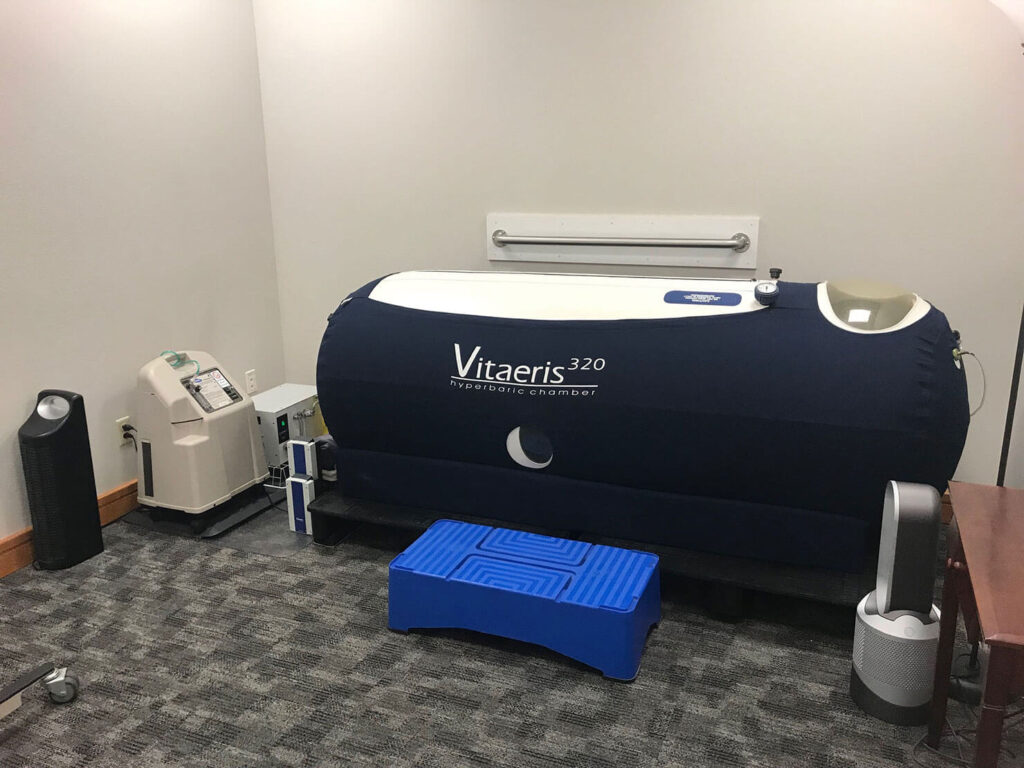While HBOT shows promise in certain orthopedic and rheumatological conditions, there are several limitations and considerations to be addressed. The availability of hyperbaric chambers, the cost of treatment, and the need for specialized facilities and trained personnel can limit its widespread use. Additionally, the optimal treatment protocols, such as the number and duration of sessions, remain uncertain and may vary depending on the specific condition being treated.

